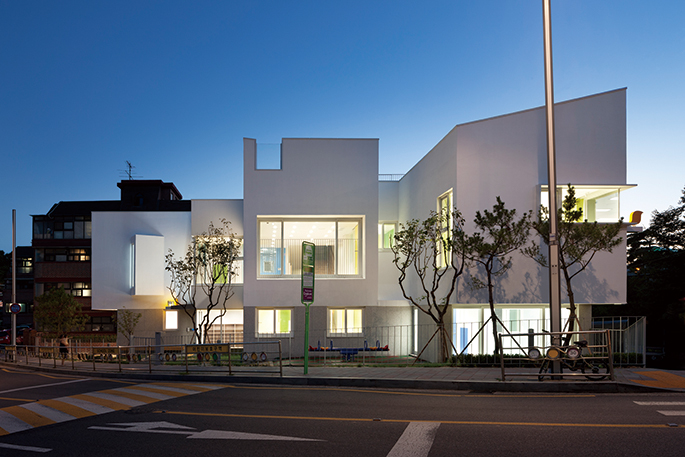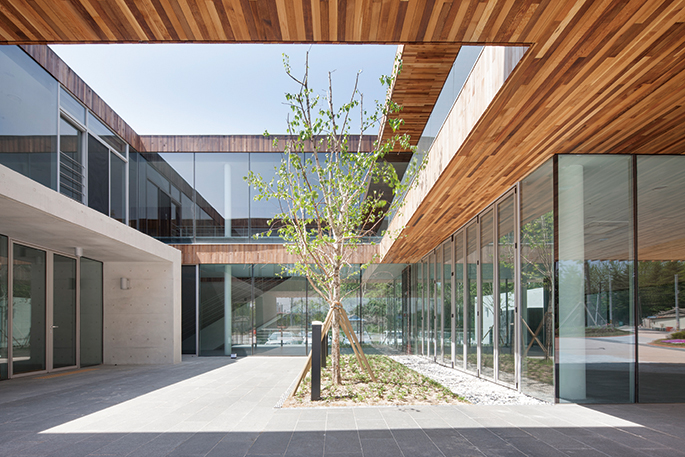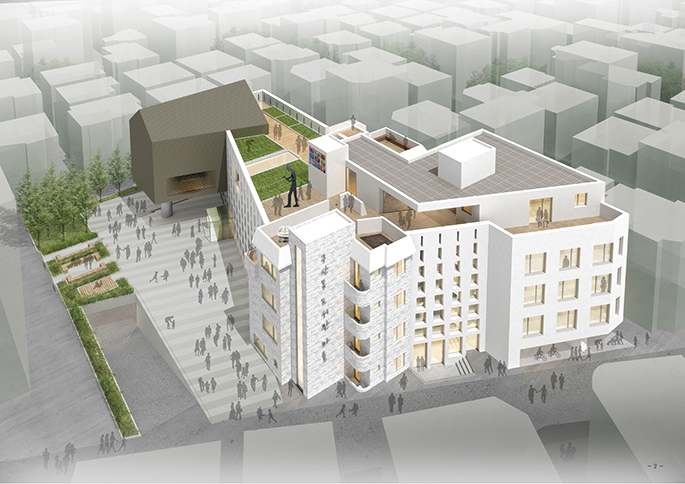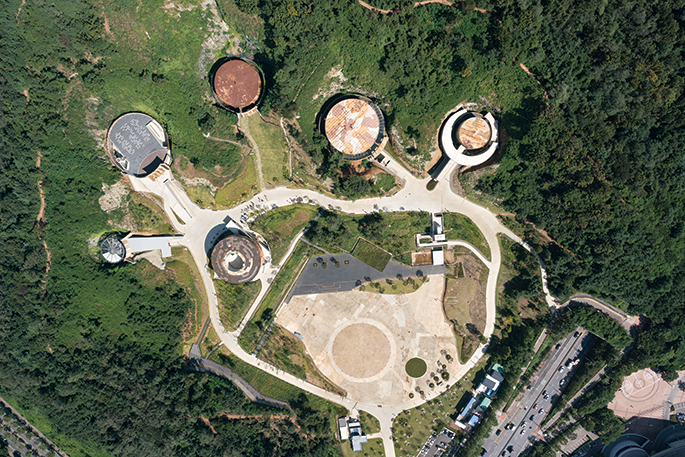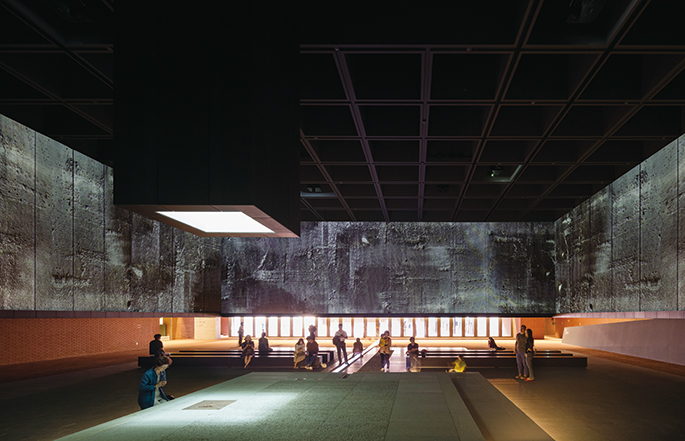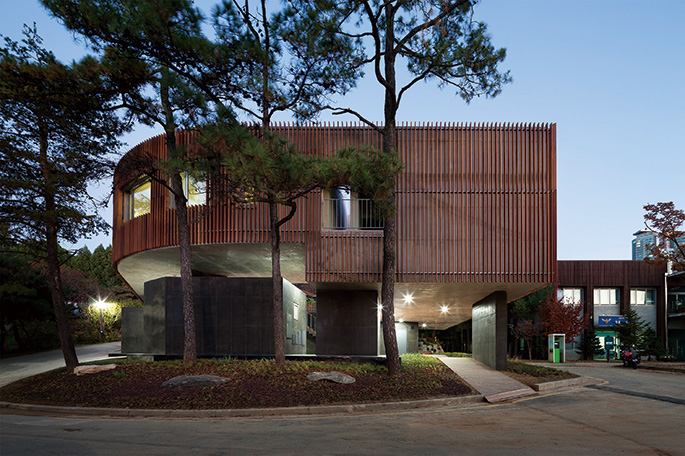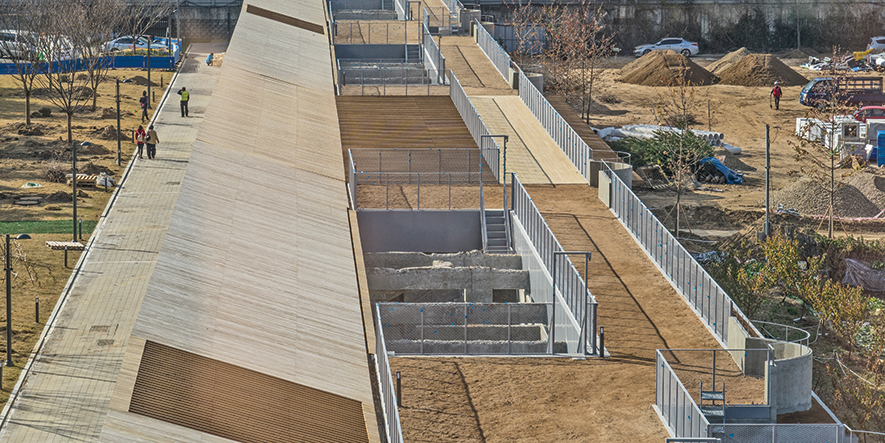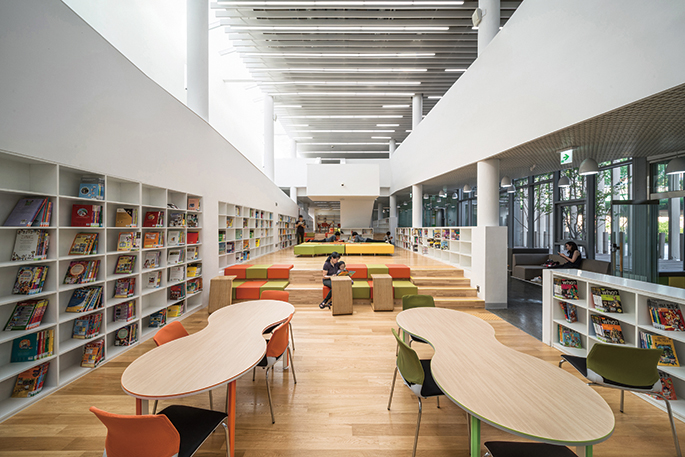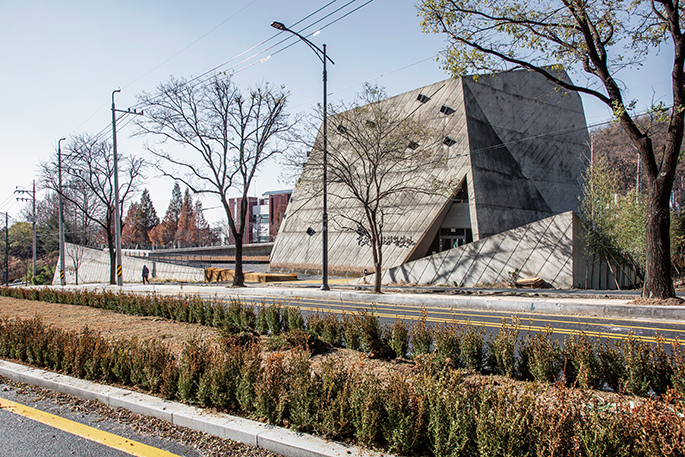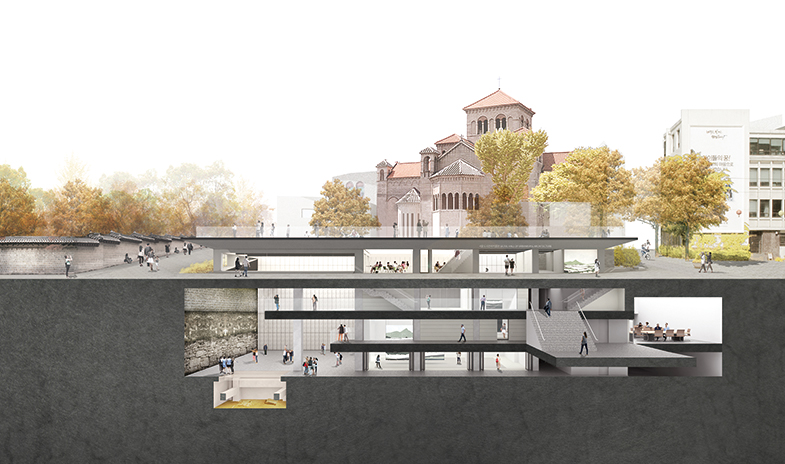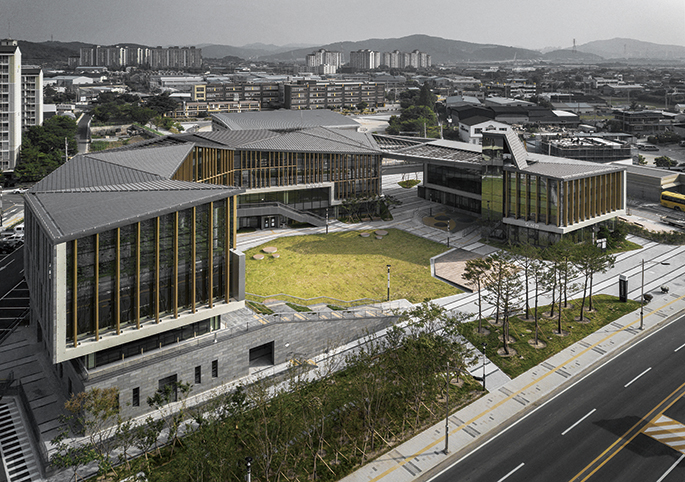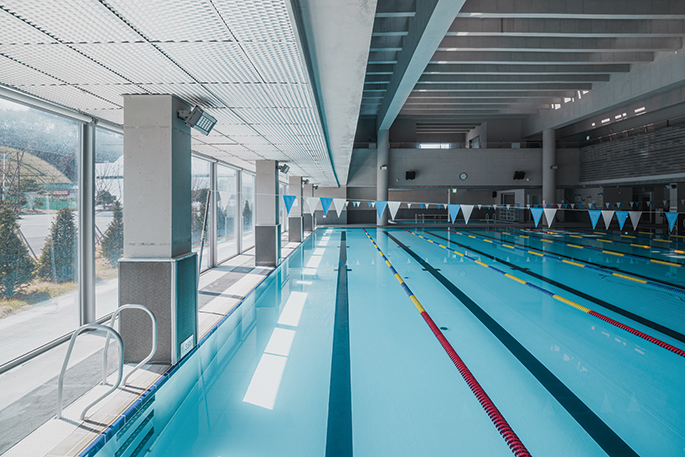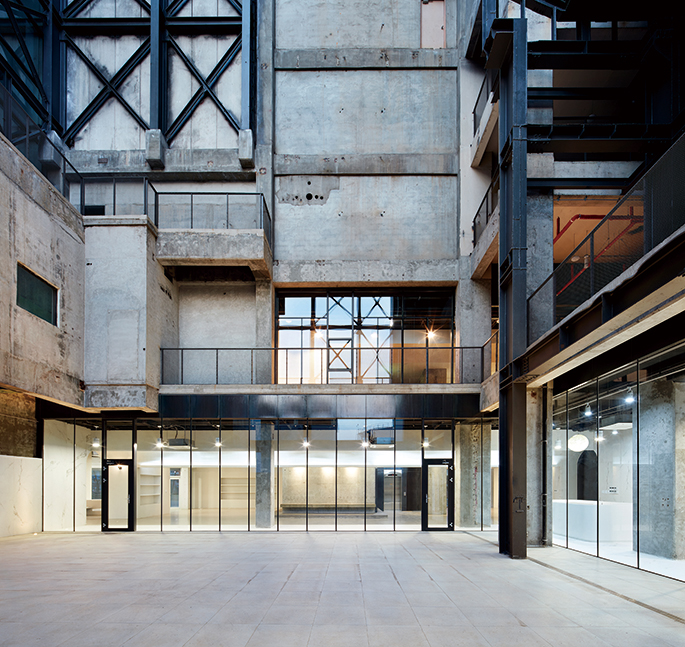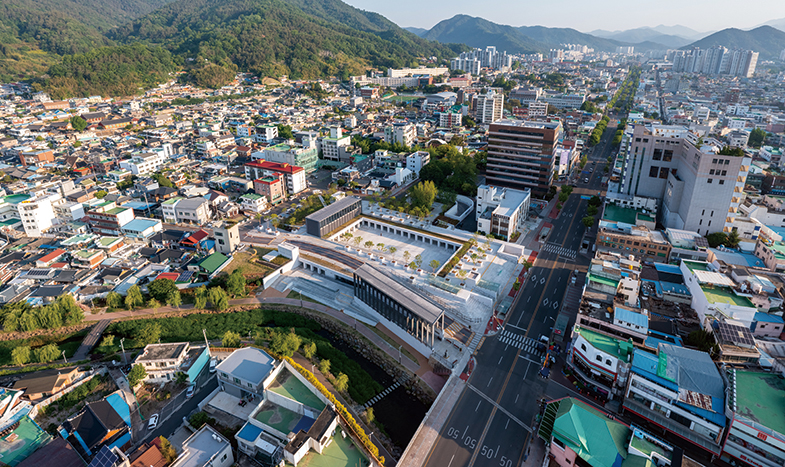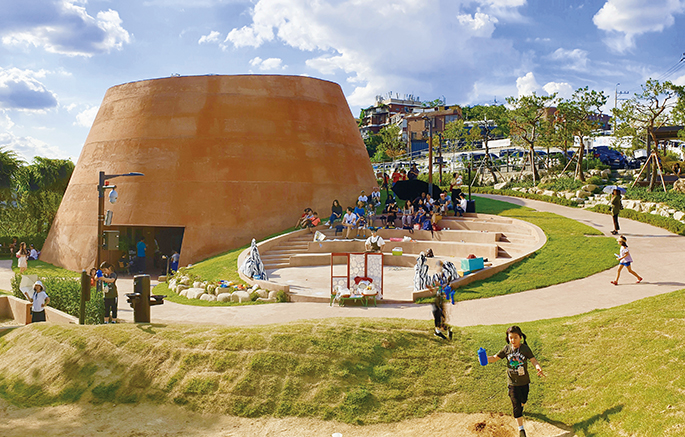SPACE November 2023 (No. 672)
10 years have passed since the design competition system was overhauled as a consequence of the Act On The Promotion Of Building Service Industry. As multiple adjustments and corrections have been made over time to the operation of design competitions, the system has given birth to numerous selections that populate our surroundings today. If these winning designs, which were born out of the creative struggles of individual designers in their respective times and places under the aegis of ‘good public architecture’, were to be assembled in a single space, what would stand out? SPACE have selected 30 distinguished examples of public architecture that have been recognised by the architectural scene over the past 10 years. We compared images of the winning designs and their results, and interviewed the architects. Our selection criteria was primarily based on being honoured with selection, but we also wanted to offer as diverse an outlook as possible according to type and year of competition, ordering institution, and use or function, to offer a wide spectrum of examples. When it came to public residences, we decided not to feature them in this article as they are a unique breed in terms of scale and programme. By reviewing all stages, from planning, examination, selection, and the post-construction phases, and after hearing from those responsible for them about the obstacles that they faced on their journey towards good public architecture, we hope that the testimonies of these people who witnessed the various aspects of the design competition system will give us a sense of continued direction as to where we should be heading in the next 10 years.
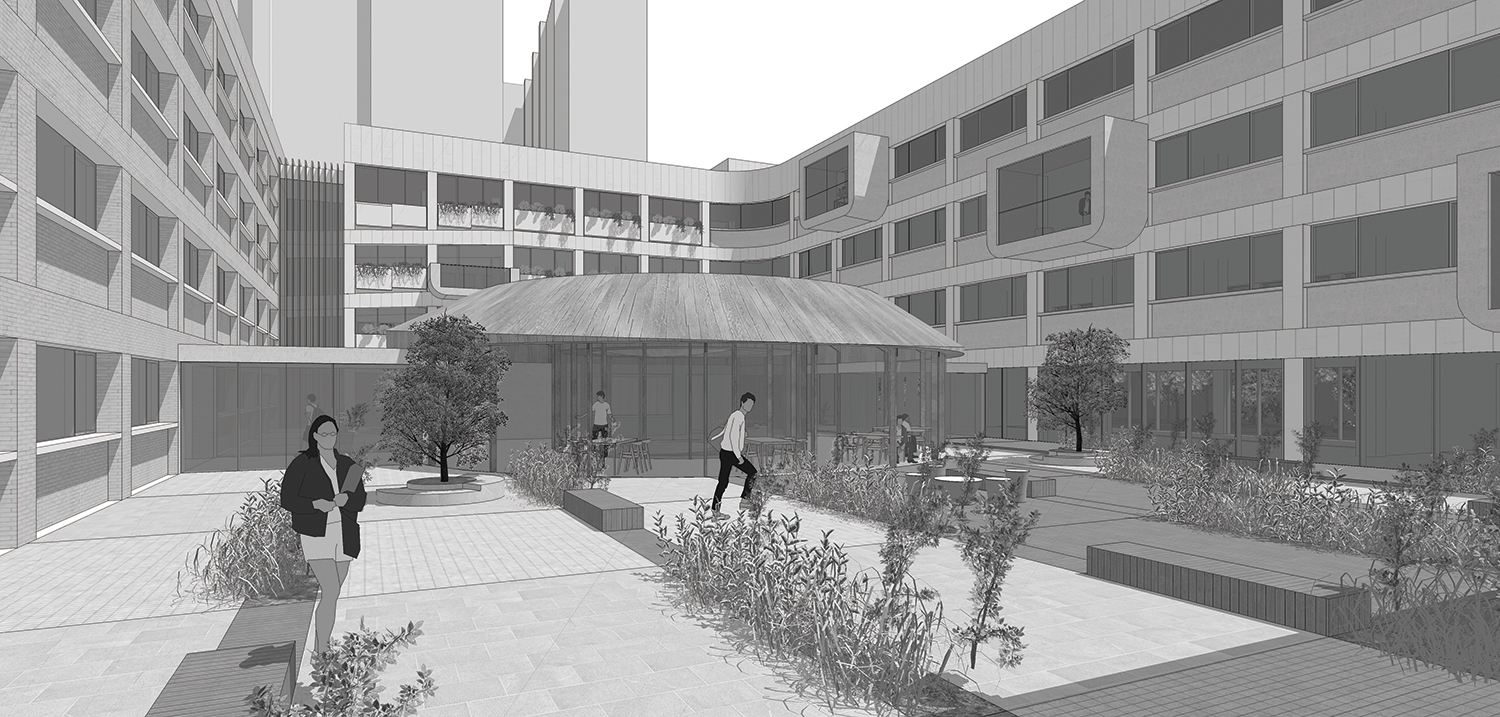
©CoRe Architects
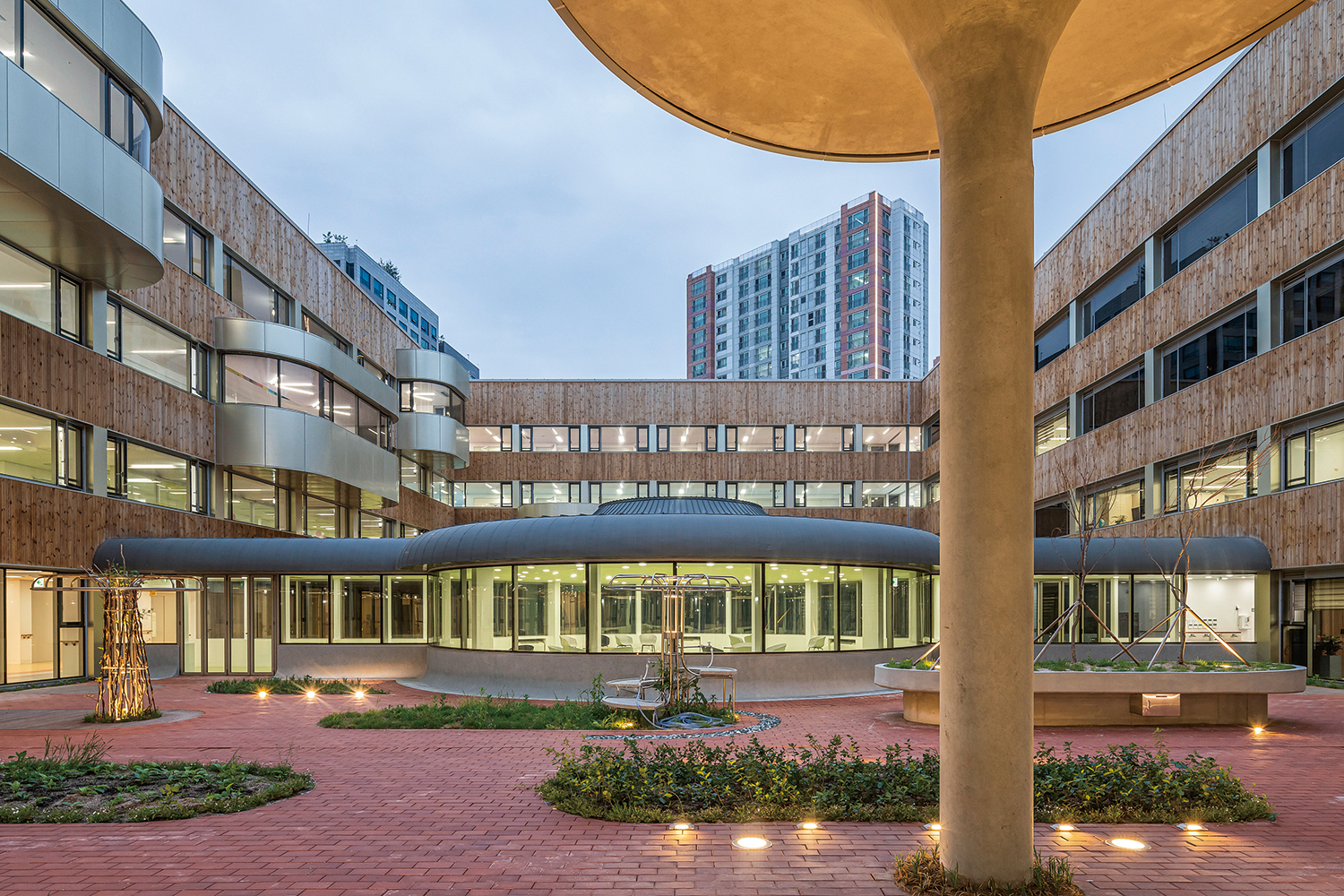
©Lee Taxu
Q1: From the design competition to construction, what was the main task when it came to the completion of your project? In which areas do you think your project did well, and what made this possible?
A1: Seoul Seojin School was positively reviewed for proposing a favourable design despite its extremely limited budget. Some of its high points were that its floor plan showed a clear and functional flow and efficient manageability, and that its entire facility positioning was reasonable. The design also catered well to the programme demanded of a school for students with special needs despite the restrictive requirements such as remodeling and extension of the original teacher’s room, and managed to create a comparatively high-quality school facility compared to other public schools despite the limiting conditions such as low construction costs and the fact that this was a public project. For its social significance and importance, Seoul Seojin School was awarded the Seoul Architecture Awards.
As this was our first time designing a school for students with special needs, we consulted professionals in special needs education to learn and implement what we learnt across our design. Our design aim to add a slight change to the existing school architecture style and our resolve to stick with it throughout the entire process from design to construction meant that we arrived at an impressive result. At first the users found the new additions unfamiliar, but they are now using them as originally intended.
Q2: What suggestions would you make to improve the way design competitions are conducted in Korea?
A2: We have answered this above in relation to the Peace Culture Bunker (refer to p. 102).
2017 general design competition
Architect
CoRe Architects (U Zongxoo, Kim Vin)
Location
22, Yangcheon-ro 55-gil, Gangseo-gu, Seoul
Programme
education and research facility
Gross floor area
16,621.68m²
Design cost
budget – 546.778 million KRW / actual cost – 594.646 million KRW
Construction cost
budget – 16.846 billion KRW / actual cost – 26 billion KRW
Competition year
July 2017
Completion year
Jan. 2020
Client
Seoul Gangseo Yangcheon Office of Education
Prize
Seoul Architecture Awards (2021)

CoRe Architects (U Zongxoo, Kim Vin)
22, Yangcheon-ro 55-gil, Gangseo-gu, Seoul
education and research facility
16,621.68m²
budget – 16.846 billion KRW / actual cost &
Seoul Gangseo Yangcheon Office of Education
Jan. 2020
budget – 546.778 million KRW / actual cost
July 2017





